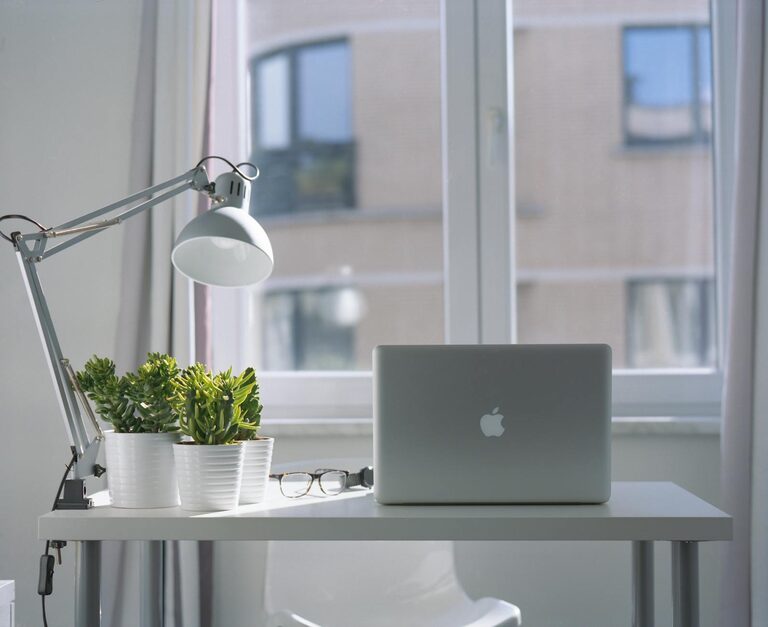Creating a desk setup that promotes both focus and comfort can significantly improve your productivity and overall well-being. Whether you work from home, study, or spend hours at a desk, the right environment helps reduce distractions and physical strain. In this post, we’ll explore practical and easy-to-implement tips to optimize your desk setup for a better workday.
Why Desk Setup Matters
The way your workspace is arranged influences your concentration, mood, and physical health. A cluttered or uncomfortable space can cause distractions and fatigue, while a well-organized, ergonomically designed setup supports sustained focus and reduces the risk of aches and pain. Investing time in creating a thoughtful desk arrangement is a simple step towards better productivity and comfort.
Choosing the Right Desk and Chair
Desk Height and Surface
Start with a desk that suits your height and space. Ideally, it should allow your forearms to rest parallel to the floor when typing. Adjustable desks can help you switch between sitting and standing, which is excellent for circulation and energy.
Choose a surface spacious enough to accommodate your essential tools like a computer, notebook, and any other materials you frequently use, without feeling cramped.
Comfortable, Ergonomic Chair
An ergonomic chair supports the natural curve of your spine. Look for adjustable features such as seat height, lumbar support, and armrests. This helps maintain good posture and reduces back pain during long hours of work or study.
If a new chair isn’t an option, consider adding cushions or lumbar supports to your existing chair.
Organize for Efficiency and Clarity
Declutter Your Desk
Clear the surface of unnecessary items. A tidy desk minimizes visual distractions and tool-finding time. Use storage solutions like drawers, trays, or desk organizers to keep things orderly.
Essential Items Within Reach
Keep the tools you use often—pens, notebooks, computer peripherals—close by but neatly arranged. This reduces interruptions caused by searching for items and helps maintain your workflow momentum.
Cable Management
Tangled cables can create clutter and headaches. Use cable clips, ties, or under-desk trays to keep cords organized and out of sight, making your desk cleaner and safer.
Lighting for Focus and Comfort
Natural Light
Position your desk near a window if possible to take advantage of natural light. Natural lighting can boost mood and reduce eye strain.
Task Lighting
Add a desk lamp or adjustable light source focused on your workspace. Opt for warm or neutral white bulbs with adjustable brightness to reduce glare and shadows on your screen or papers.
Screen Settings
Adjust your computer screen’s brightness and contrast to comfortable levels. Using a matte screen protector or anti-glare filter helps reduce eye fatigue.
Ergonomic Placement of Technology
Monitor Position
Place your monitor about an arm’s length away with the top of the screen at or just below eye level. This setup minimizes neck and eye strain.
If you work with multiple screens, arrange them in a slight curve to keep your neck aligned.
Keyboard and Mouse
Place your keyboard and mouse so that your wrists are straight and your arms relaxed at your sides. A keyboard tray or wrist rest can provide added comfort.
Add Personal Elements Without Overcrowding
Including small personal touches like a plant, artwork, or favorite photos can make your workspace inviting and motivating. However, keep decorations minimal to avoid distractions.
Incorporate Break-Friendly Features
Timer or Reminder Apps
Set reminders to take breaks every 45–60 minutes. Short breaks improve focus and reduce physical strain.
Space for Movement
Ensure there’s room to stretch or do simple exercises. Standing up, stretching, or a quick walk helps combat stiffness.
Maintain and Update Your Setup Regularly
Your needs may change over time, so revisit your desk setup periodically. Adjust for seasonal lighting changes, new gadgets, or shifts in your work habits to keep your workspace effective.
Conclusion
A well-planned desk setup can transform your day by boosting concentration and keeping you comfortable. Focus on ergonomics, organization, lighting, and incorporating personal touches while minimizing clutter and distractions. By tailoring your workspace thoughtfully, you create an environment that supports productivity and wellbeing.
—
Feel free to try these tips one at a time and find what works best for you. Remember, your ideal desk setup is the one that makes work feel easier and more enjoyable!

